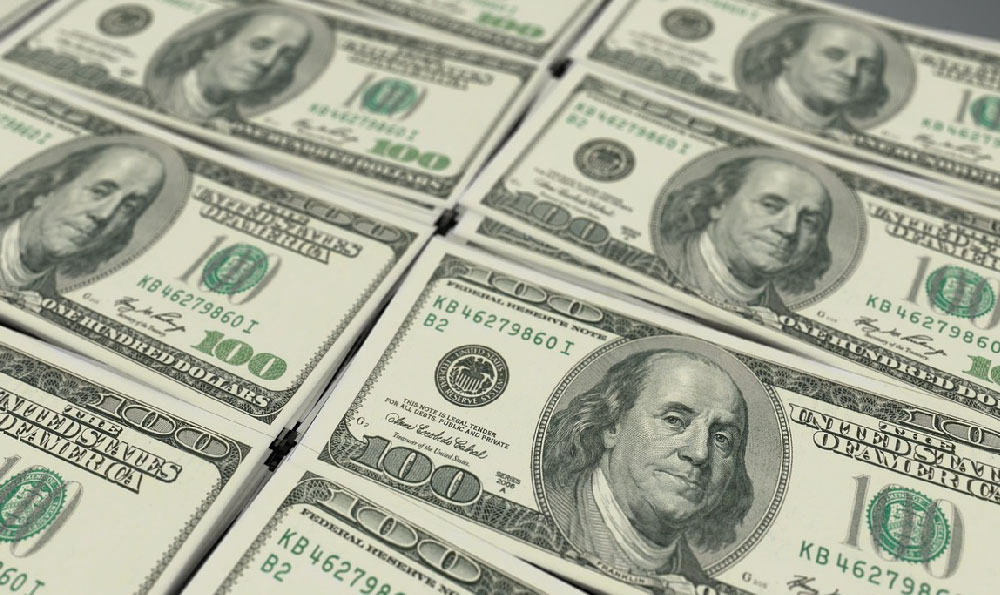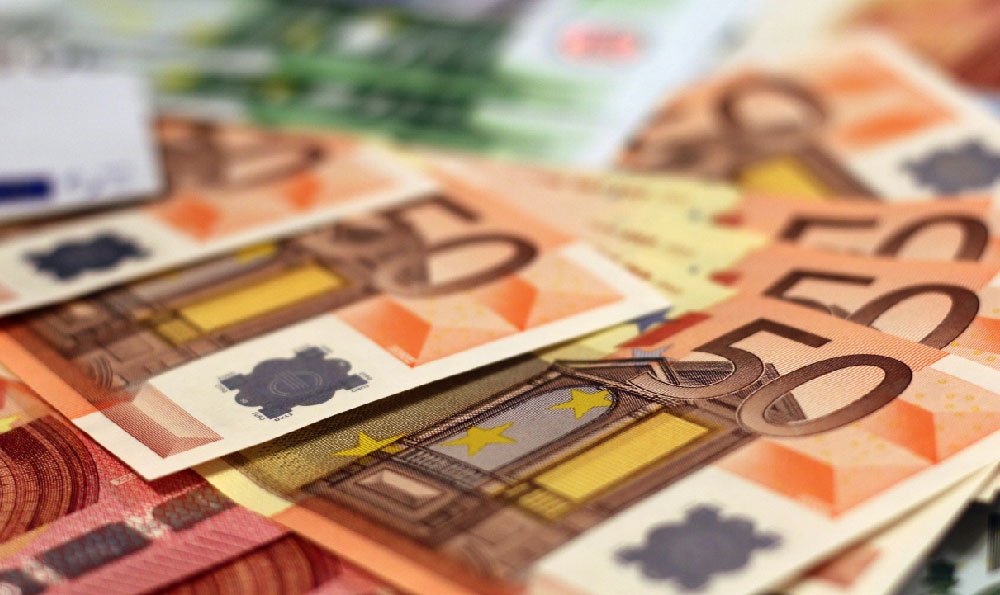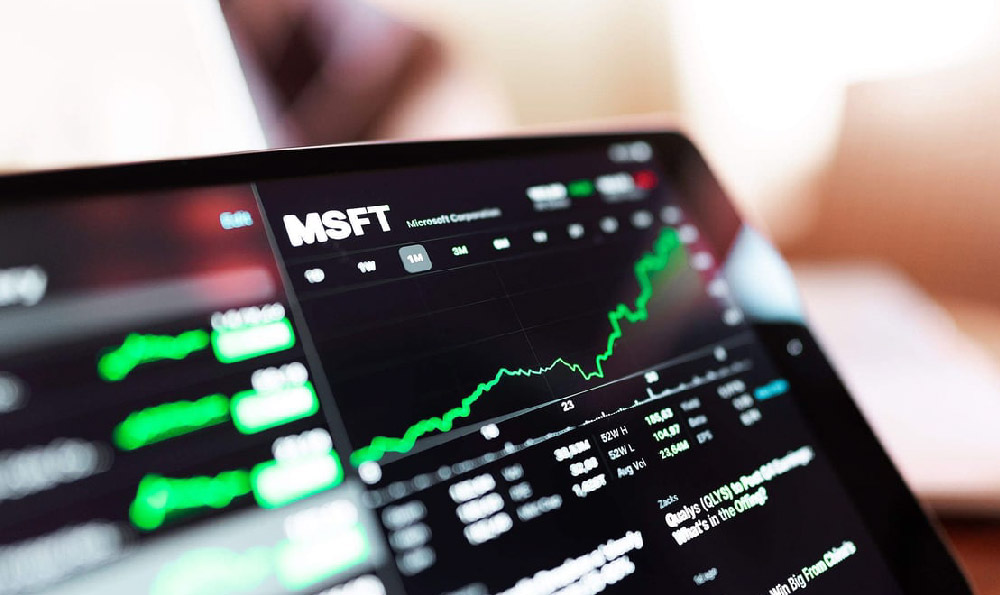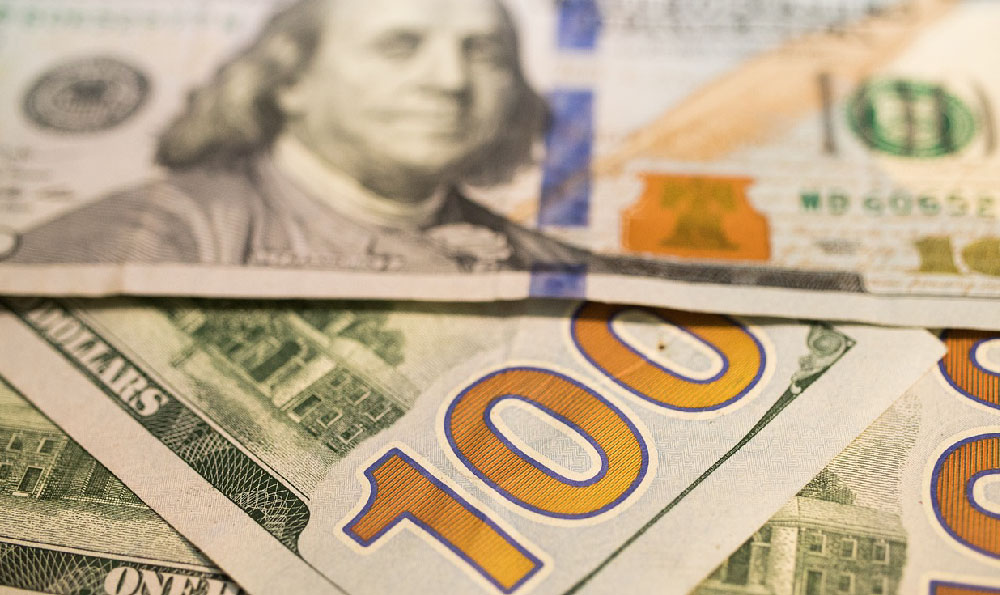How Much Did the Eras Tour Make? And Was It Worth It?
The Eras Tour, a monumental undertaking by Taylor Swift, wasn't just a concert series; it was a cultural phenomenon, an economic powerhouse, and a testament to the enduring power of fandom. Quantifying its financial impact requires dissecting multiple revenue streams, analyzing associated costs, and ultimately evaluating its worth beyond mere monetary figures. Estimating the tour's total earnings requires considering ticket sales, merchandise revenue, film adaptation profits, and the peripheral economic boosts it generated across the tour's locations.
Ticket sales, undeniably the largest component, painted a picture of unprecedented demand. While exact figures remained closely guarded, industry analysts leveraged reported attendance numbers and average ticket prices to arrive at staggering estimations. Early projections placed total ticket revenue around \$1 billion, but as the tour progressed and Swift added more dates, that figure escalated dramatically. Some estimates now suggest the total ticket sales surpassed \$1.04 billion in North America alone, making it the highest-grossing tour ever by a single artist in that region. The international leg further amplified these earnings, pushing the grand total even higher. The sheer scale of the Eras Tour, with dozens of shows spanning continents, contributed significantly to its revenue potential, dwarfing many previous stadium tours.
Beyond the base price of admission, the secondary market played a significant, albeit controversial, role. Tickets resold for exorbitant amounts on platforms like StubHub and Ticketmaster, further amplifying the overall economic activity surrounding the tour. While Swift herself didn't directly profit from these resales (although Ticketmaster certainly did), the intense demand reflected the perceived value of the experience and solidified the Eras Tour's position as a must-see event.

Merchandise sales formed another substantial revenue stream. Concertgoers clamored for t-shirts, hoodies, posters, and other memorabilia to commemorate their experience. Lines snaked through stadiums, and online stores struggled to keep up with demand. Conservative estimates place merchandise revenue at hundreds of millions of dollars, potentially exceeding those of previous mega-tours. The strategic placement of merchandise booths and the constant release of new items kept fans engaged and spending throughout the tour. Moreover, the merchandise served as walking billboards, further promoting the Eras Tour and fueling its cultural impact.
The unexpected addition of Taylor Swift: The Eras Tour concert film presented a significant, and relatively untapped, source of revenue. The film, distributed directly by AMC Theatres, bypassed traditional Hollywood studios and enjoyed a remarkably successful theatrical run. It became the highest-grossing concert film of all time, generating hundreds of millions of dollars worldwide. This strategic move maximized Swift's control over the film's distribution and ensured a larger share of the profits flowed directly to her and her team. The film's success proved the enduring appeal of the Eras Tour experience, even for those unable to attend the live shows. It extended the tour's reach and solidified its legacy.
However, evaluating the tour's financial success requires accounting for expenses. Producing a spectacle of this magnitude involved substantial costs, including stage construction, transportation, crew salaries, venue rentals, security, and marketing. While exact figures are unavailable, industry experts estimate that production costs likely reached hundreds of millions of dollars. These expenses represented a significant investment, but ultimately proved worthwhile given the immense revenue generated. Careful planning and efficient execution were crucial to maximizing profitability.
Beyond the direct revenue streams, the Eras Tour generated a substantial ripple effect throughout the economy. Hotels, restaurants, and local businesses in tour cities experienced significant increases in revenue. Fans traveled from across the country and around the world, boosting tourism and supporting local economies. This economic impact extended beyond the immediate vicinity of the concert venues, creating a halo effect that benefited entire communities. Economists have attempted to quantify this phenomenon, estimating that the Eras Tour contributed billions of dollars to the U.S. economy. This broader economic impact highlights the significant role that live entertainment can play in driving economic growth.
So, was it worth it? From a purely financial perspective, the answer is a resounding yes. The Eras Tour generated unprecedented revenue and profitability, solidifying Taylor Swift's position as one of the most successful and influential artists of all time. However, the tour's worth extends far beyond mere monetary figures. It created unforgettable experiences for millions of fans, fostering a sense of community and shared passion. It showcased Swift's artistry and talent, solidifying her legacy as a musical icon. It also had a significant cultural impact, inspiring creativity and innovation.
The Eras Tour transcended the traditional concert experience. It was a celebration of Swift's career, a testament to the power of fandom, and an economic phenomenon. Its success demonstrates the enduring appeal of live entertainment and the significant impact that artists can have on both culture and the economy. The financial rewards were undeniable, but the true worth of the Eras Tour lies in the memories created, the connections forged, and the legacy left behind. In that sense, it was not only worth it, but priceless.















